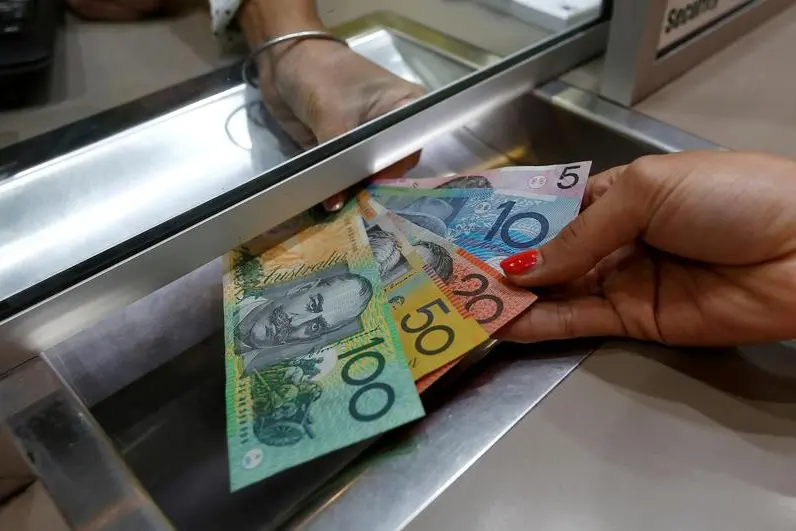PHOTO
The Australian government's budget surplus is swelling far past forecasts courtesy of strong jobs growth and bumper mining profits, cutting its borrowing needs for the year ahead even as the economy is expected to slow.
Figures from the Department of Finance released on Friday showed an underlying cash surplus of A$19 billion ($12.6 billion) in the 11 months to end May. That put it on track to be the largest on record, topping a similar surplus in 2007/08.
Just a couple of months ago the Labor government had projected a surplus of A$4.2 billion for the entire fiscal year to end June, which itself was a huge turnaround from the pandemic-driven deficits of the two previous years.
Total receipts were A$8.5 billion higher than projected in the May Budget, while payments were lower by A$3.0 billion.
The budget had been projected to return to deficit in 2023/24 as higher interest rates and a slower global economy weighed on domestic demand.
The Reserve Bank of Australia (RBA) has raised rates by 400 basis points in the past year to reach 4.1%, and might hike again at its July policy meeting next week.
The larger budget surplus implies fiscal policy is tighter than first thought, and may add to the case for pausing next week.
The surplus also led the Australian Office of Financial Management (AOFM) to announce the government now intended to sell less debt in 2023/24 than the A$75 billion planned in the May budget.
The AOFM, which manages the government's debt, said it planned to issue a new June 2054 bond line in the December quarter, and would remain active in the market for Treasury notes, maintaining at least A$25 billion on issue. ($1 = 1.5090 Australian dollars) (Reporting by Wayne Cole; Editing by Christopher Cushing and Sonali Paul)





















